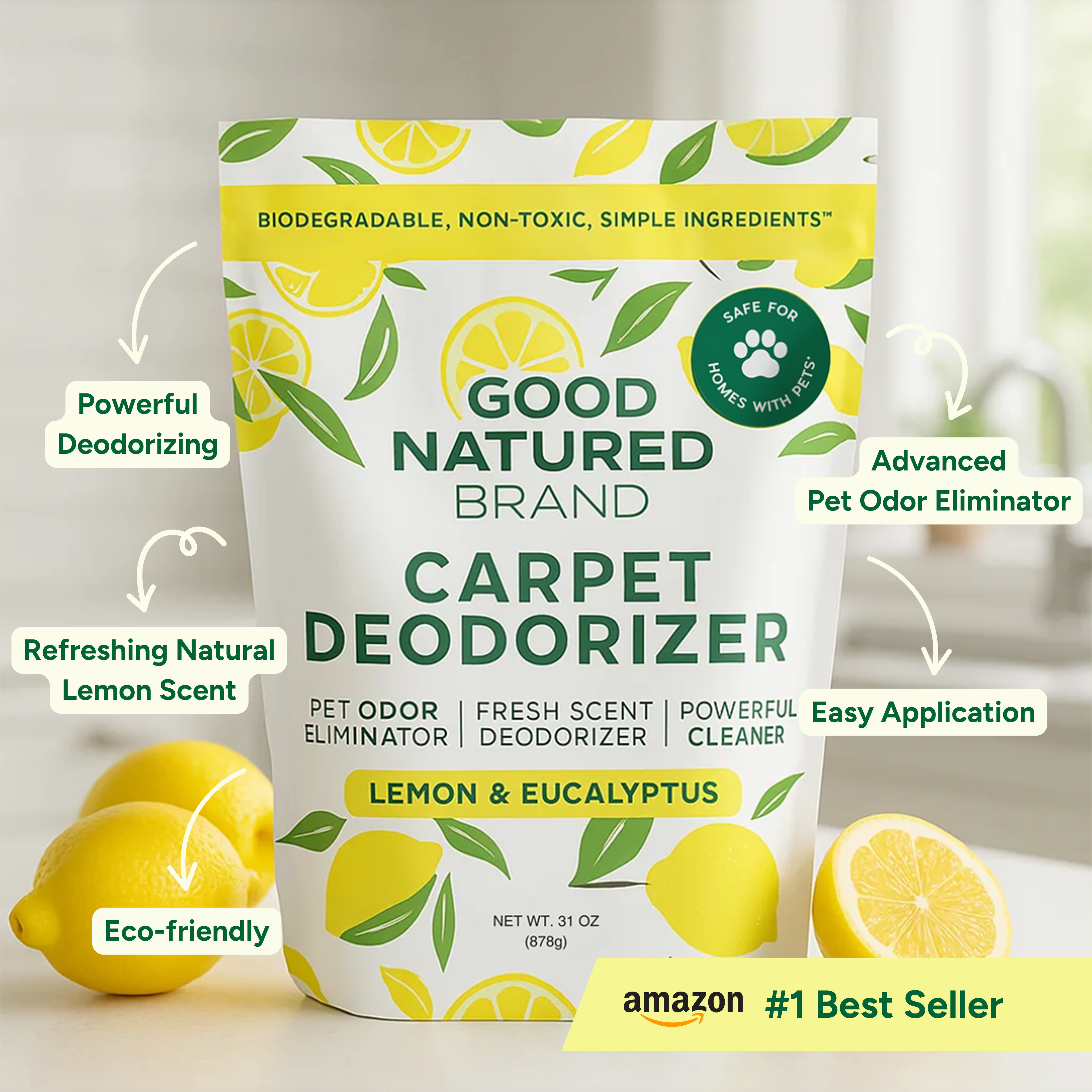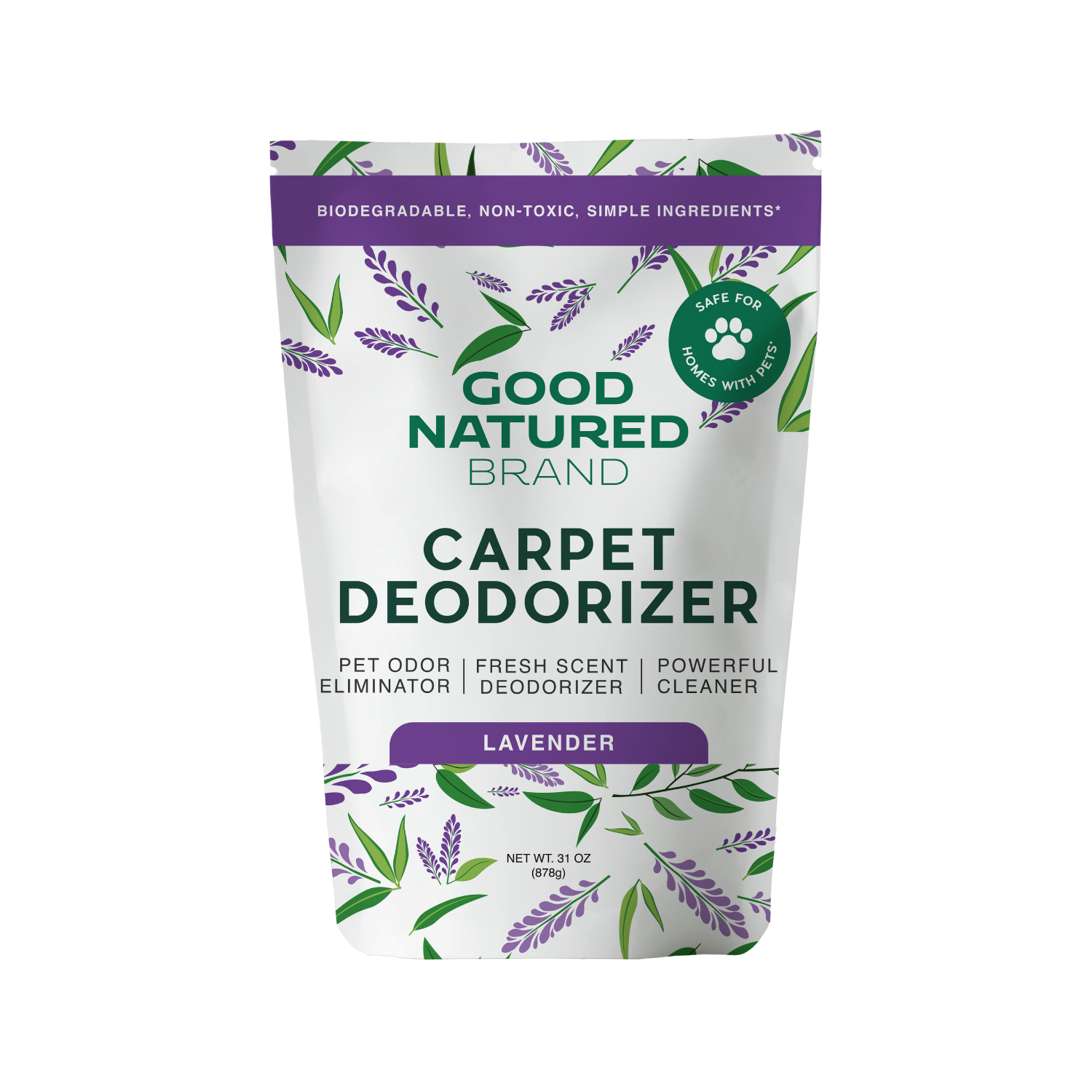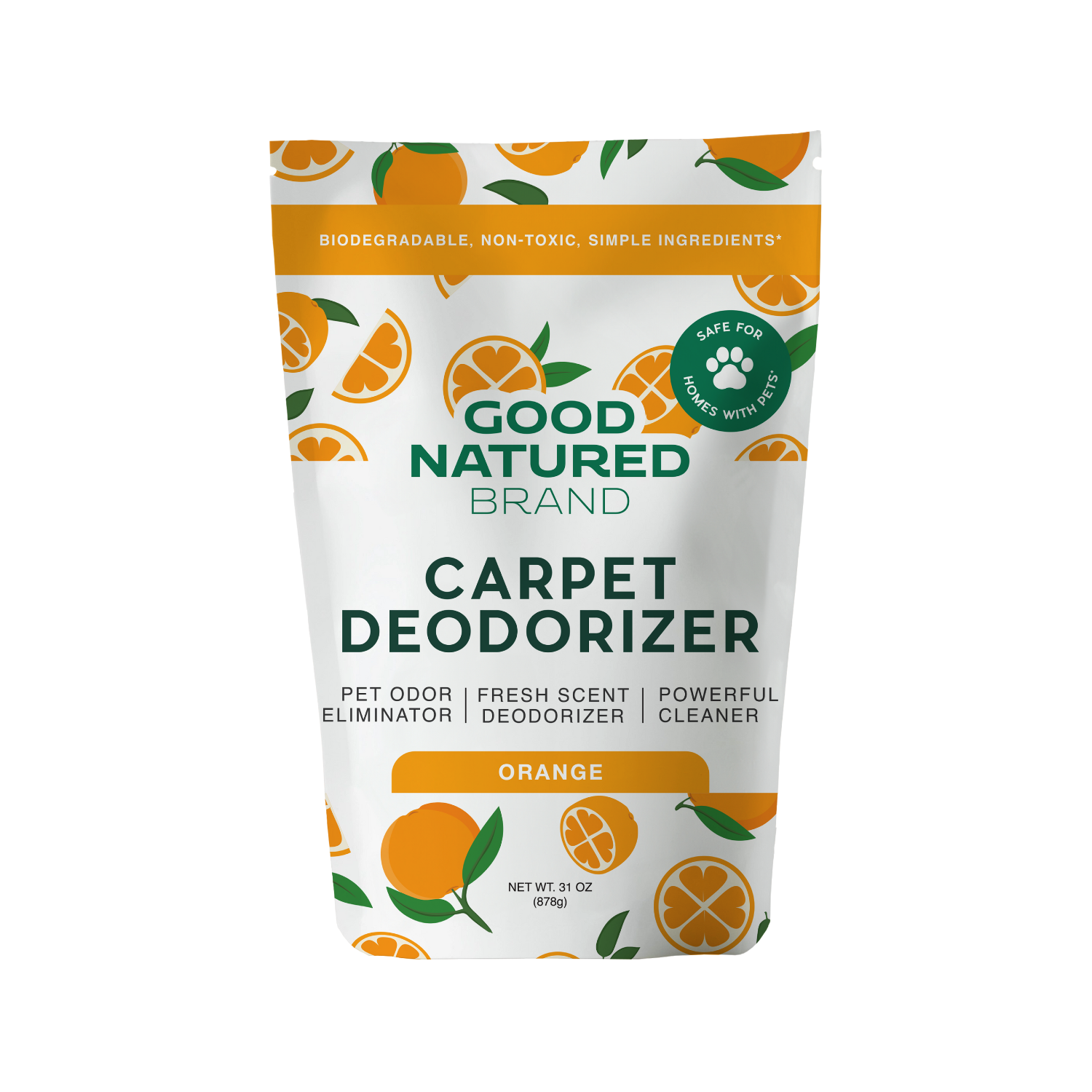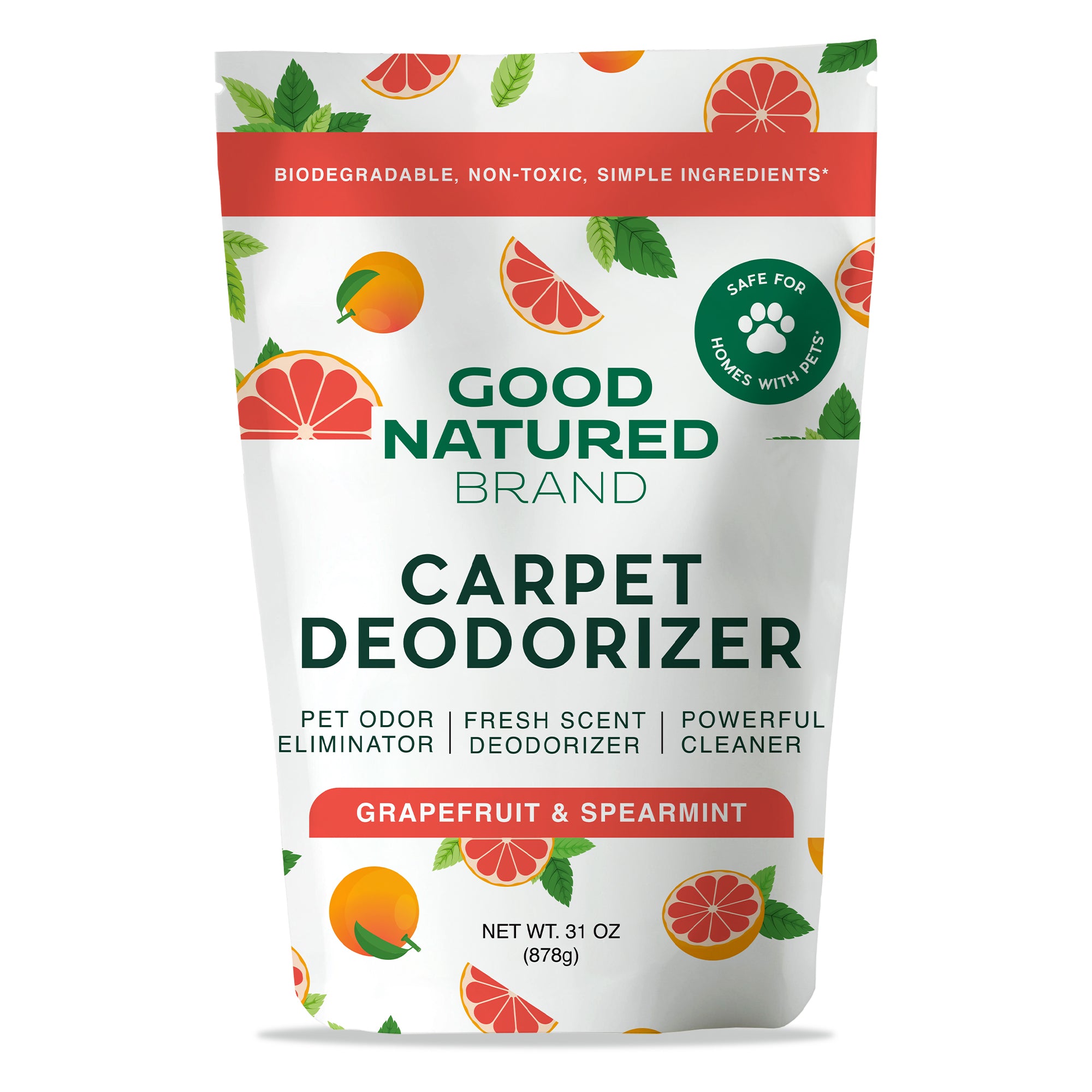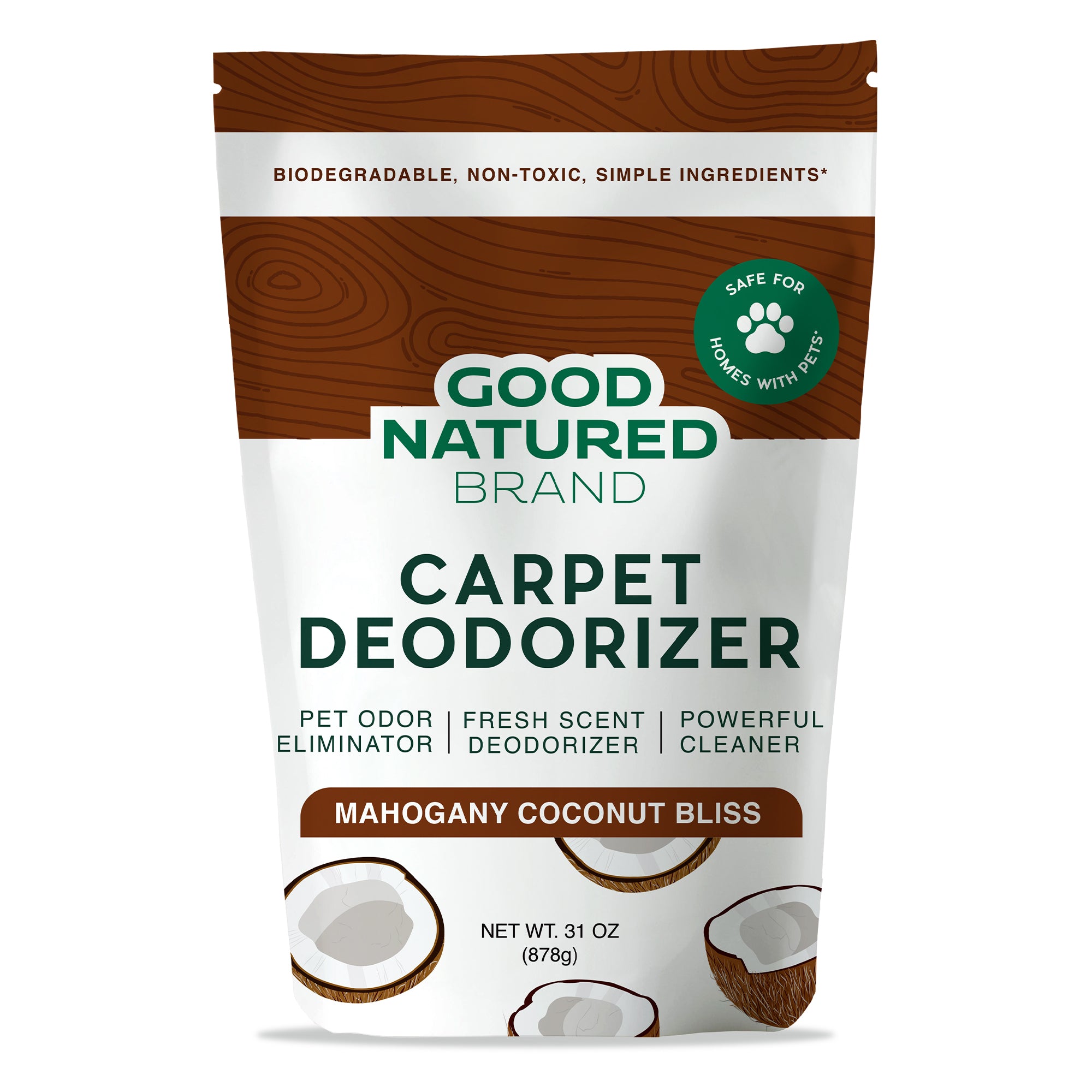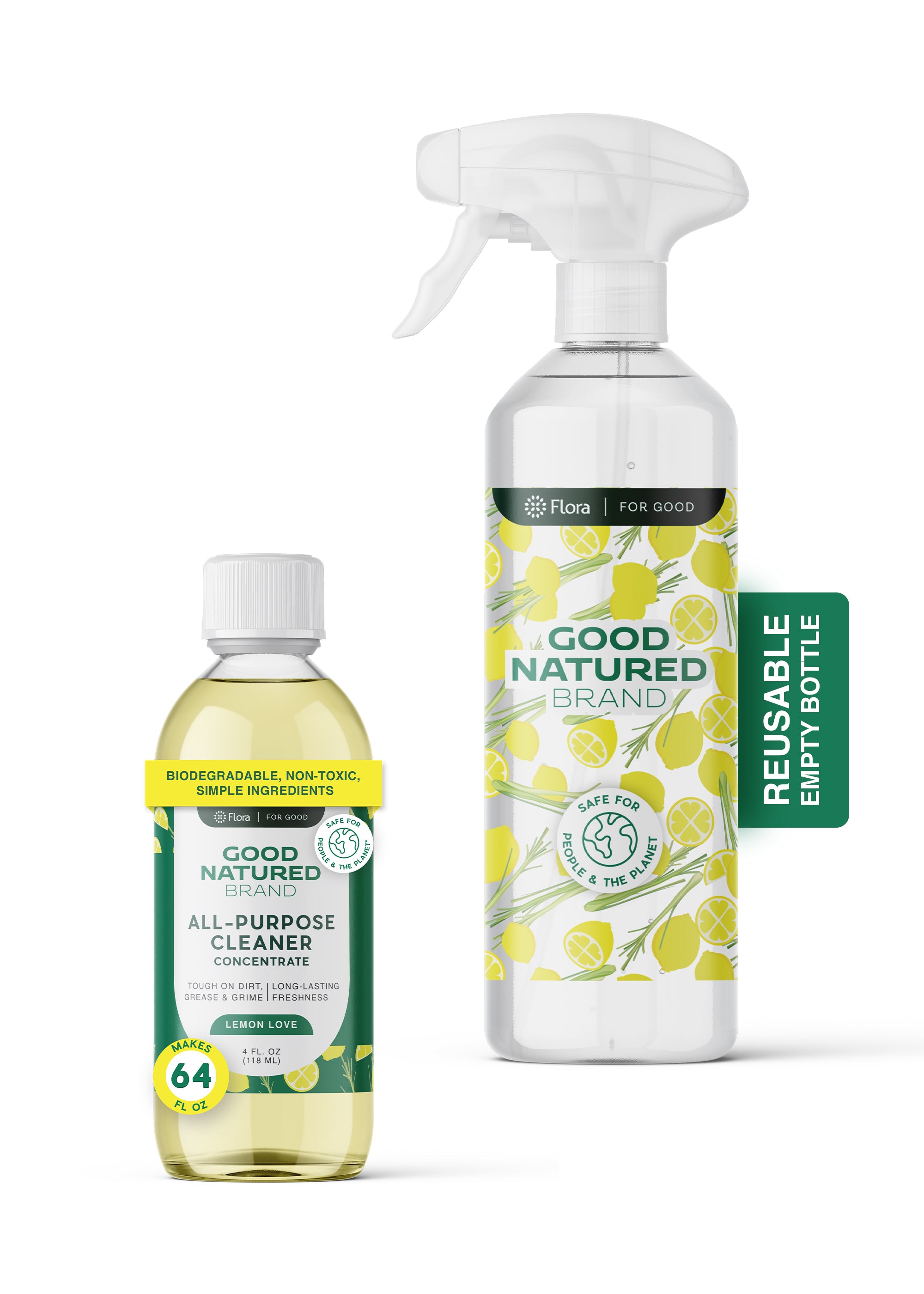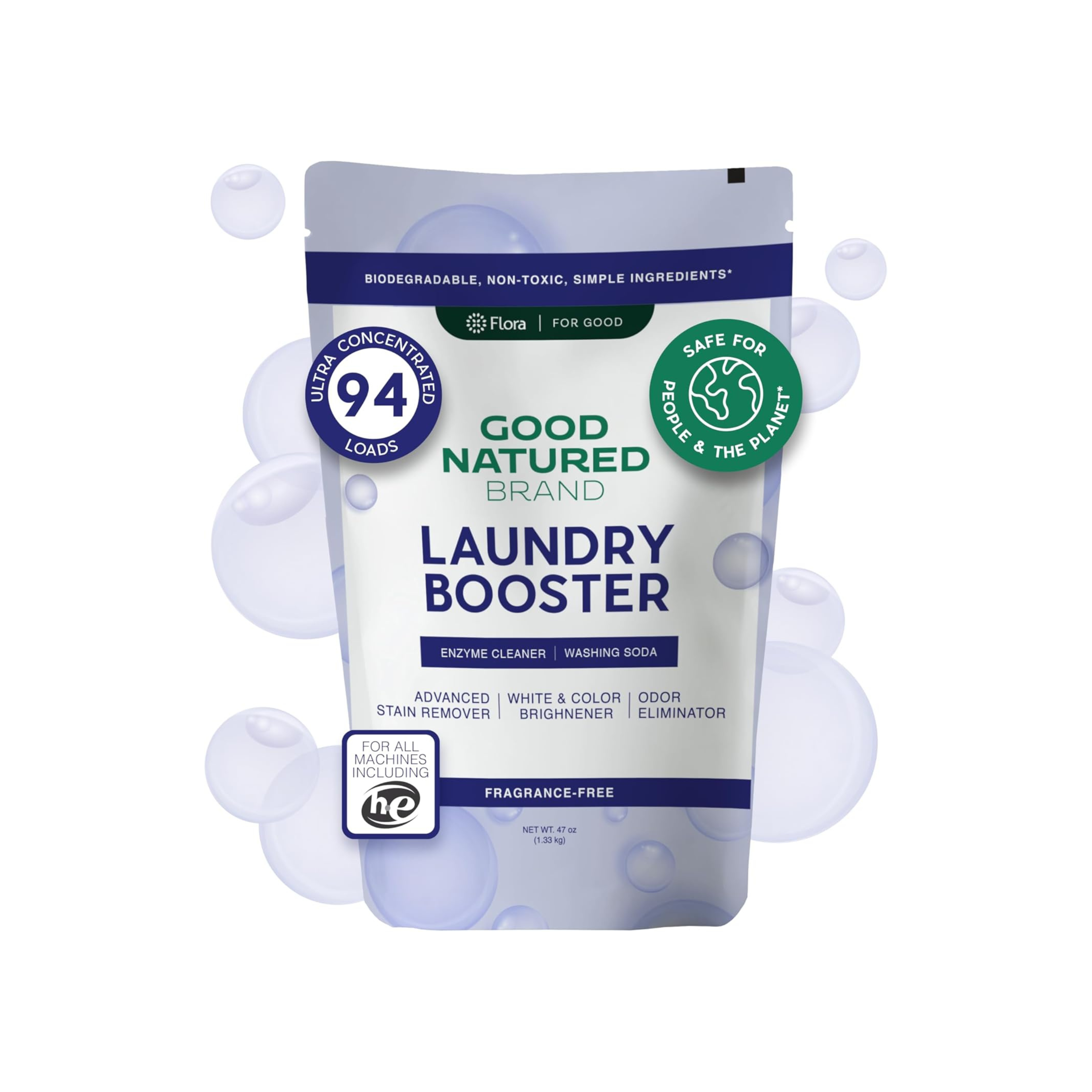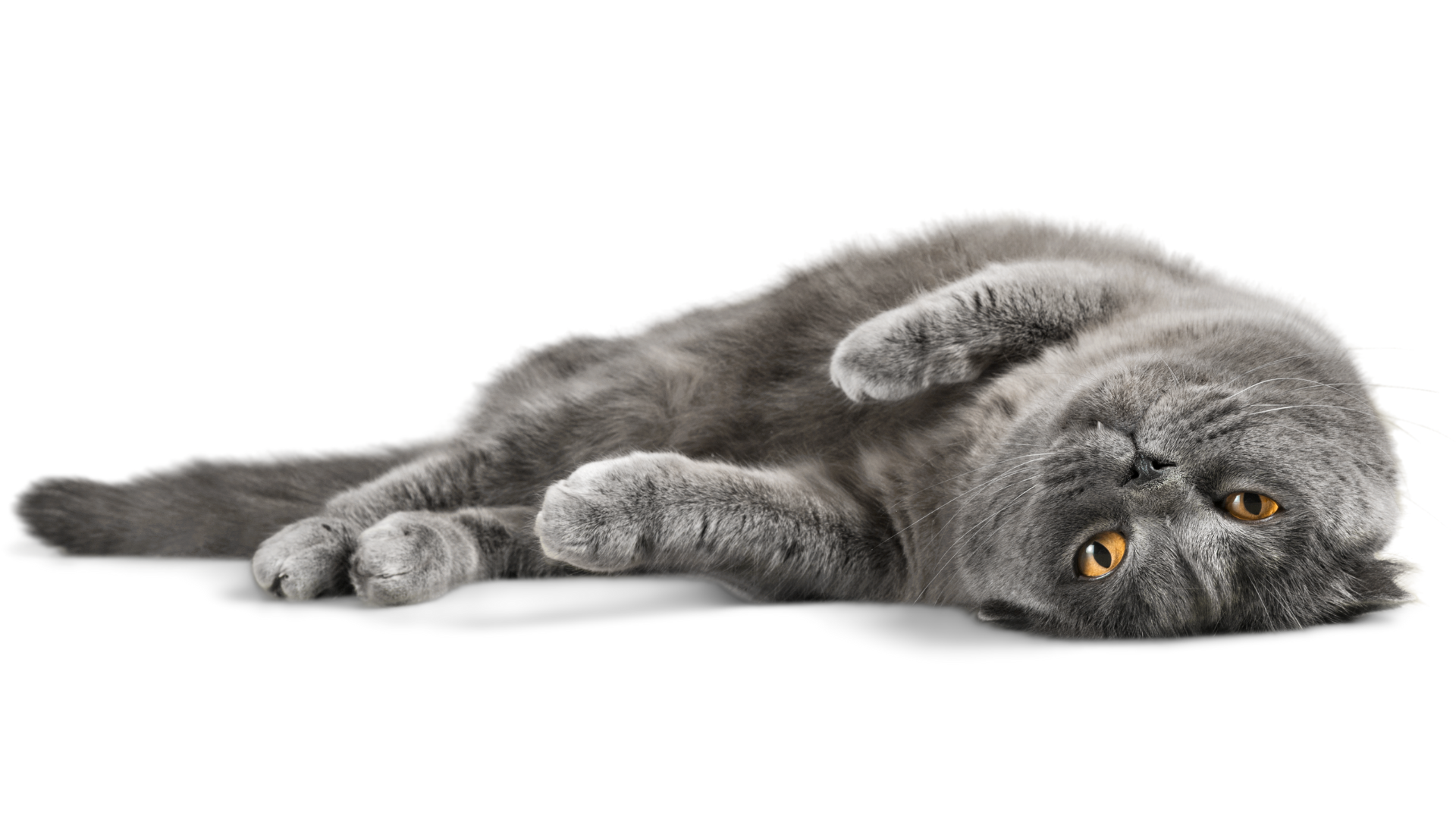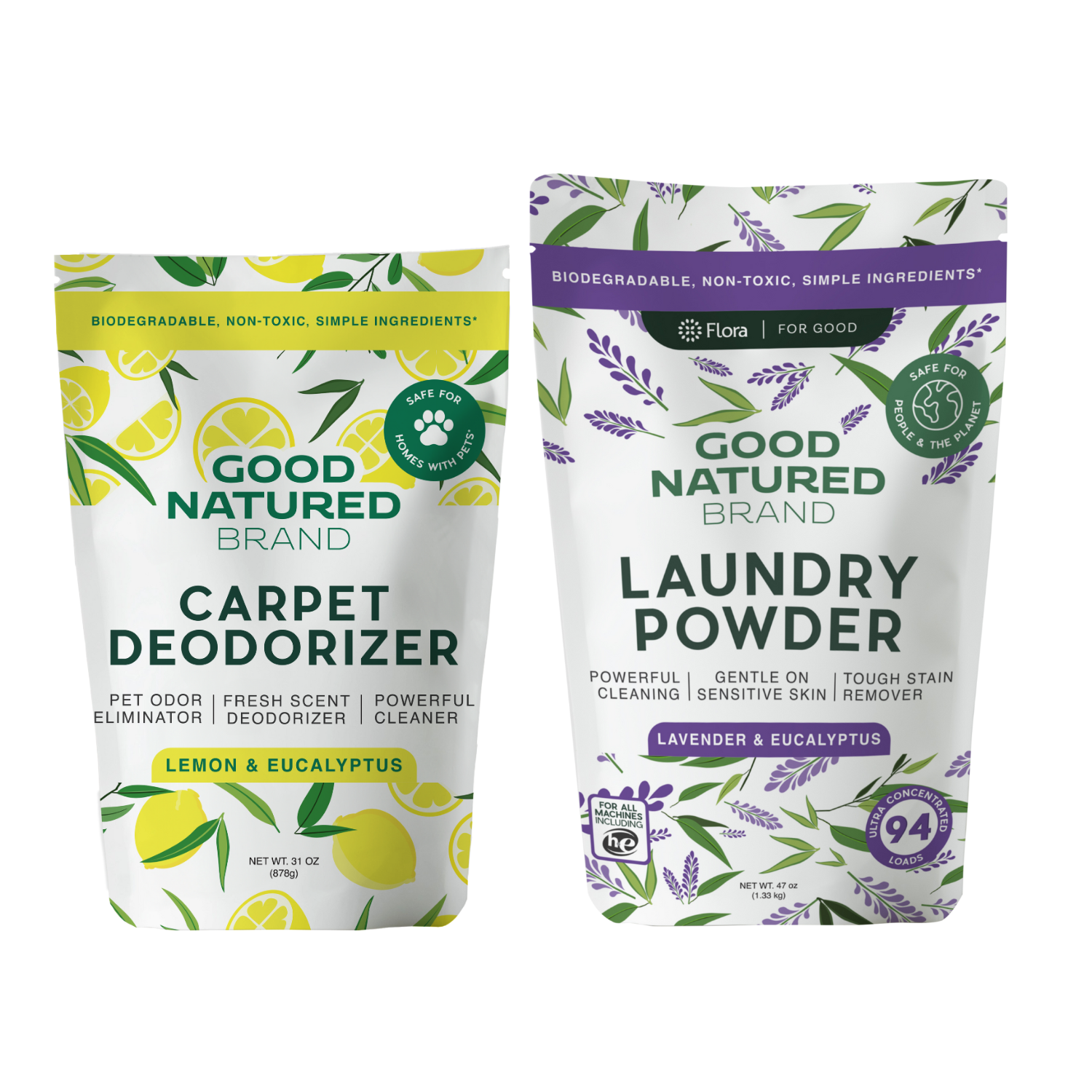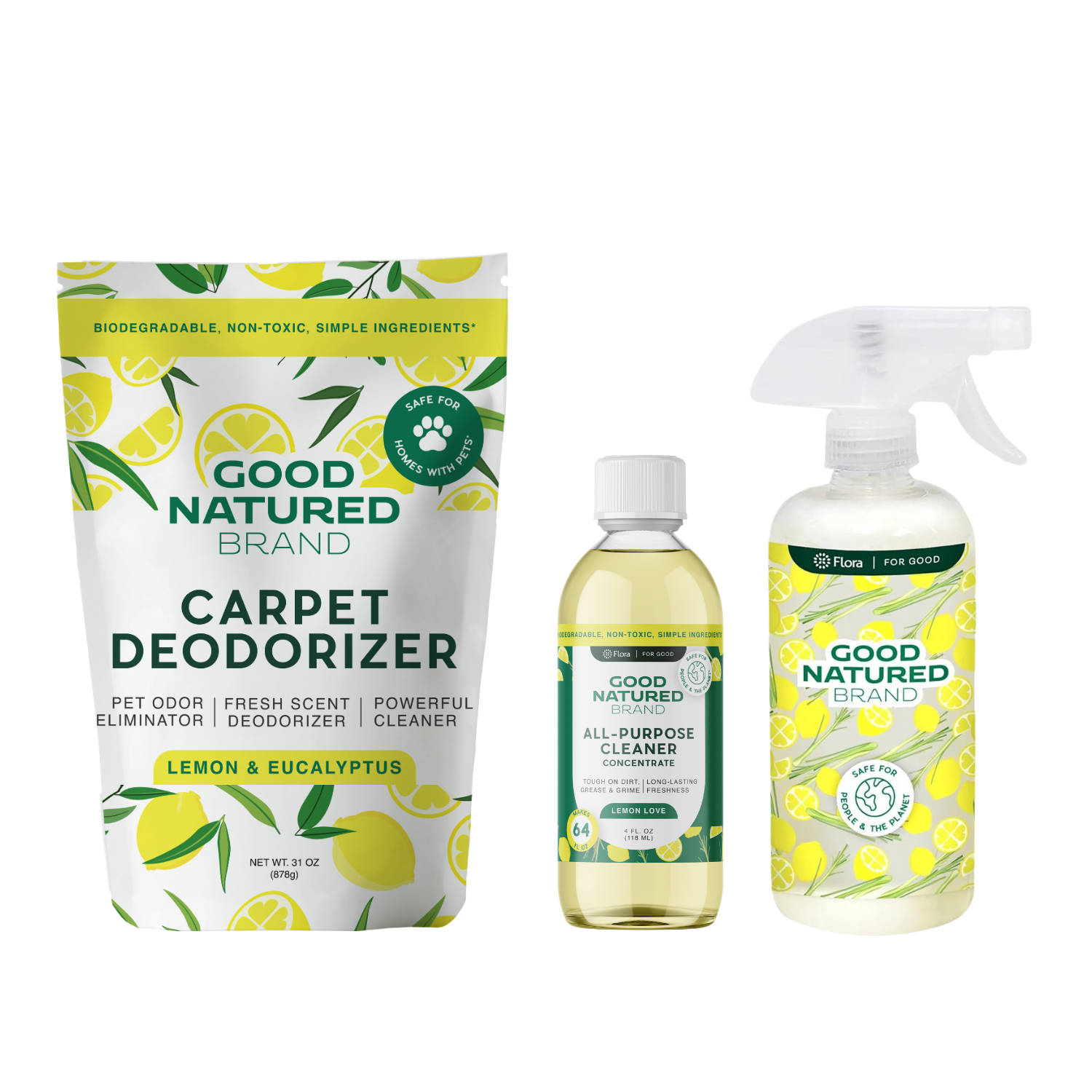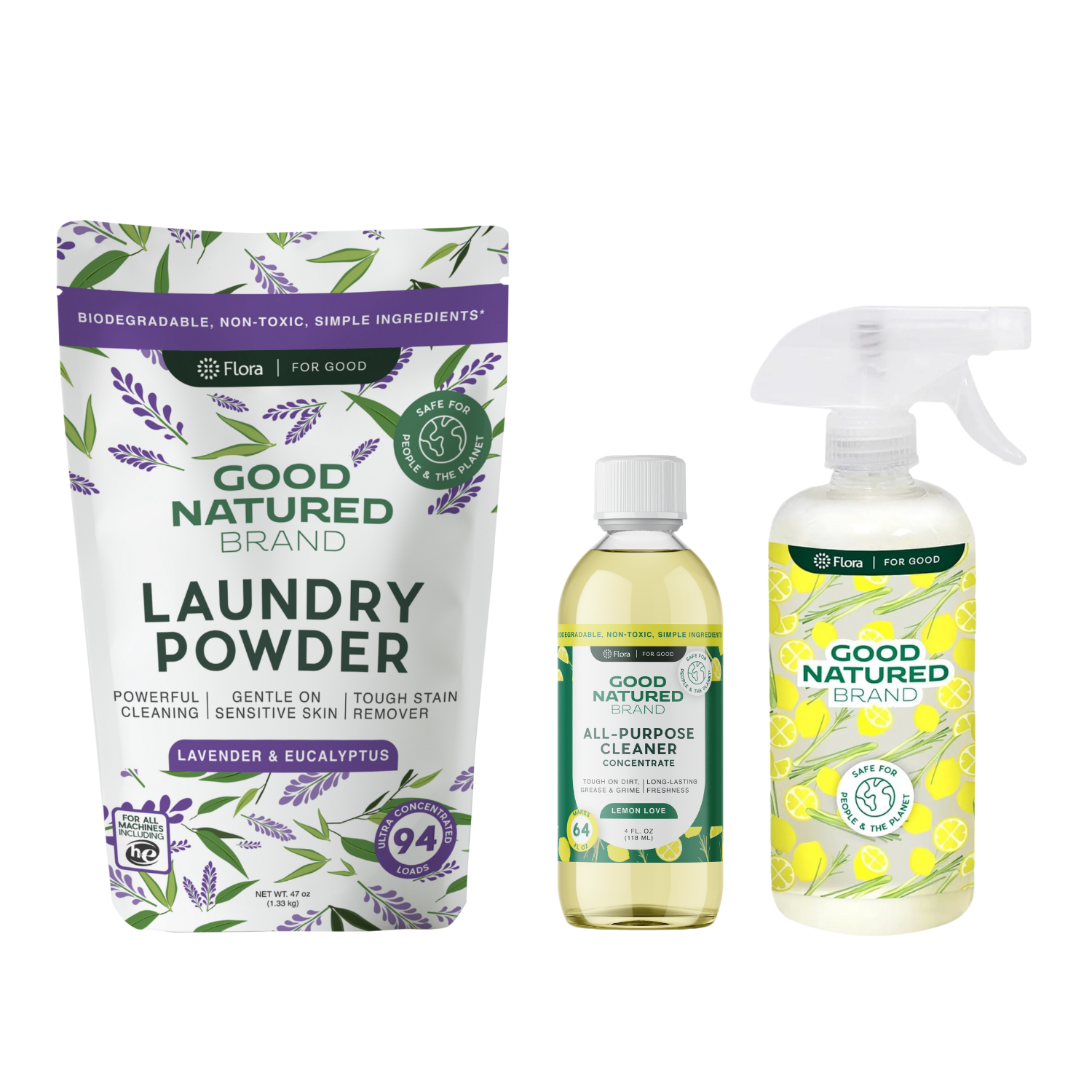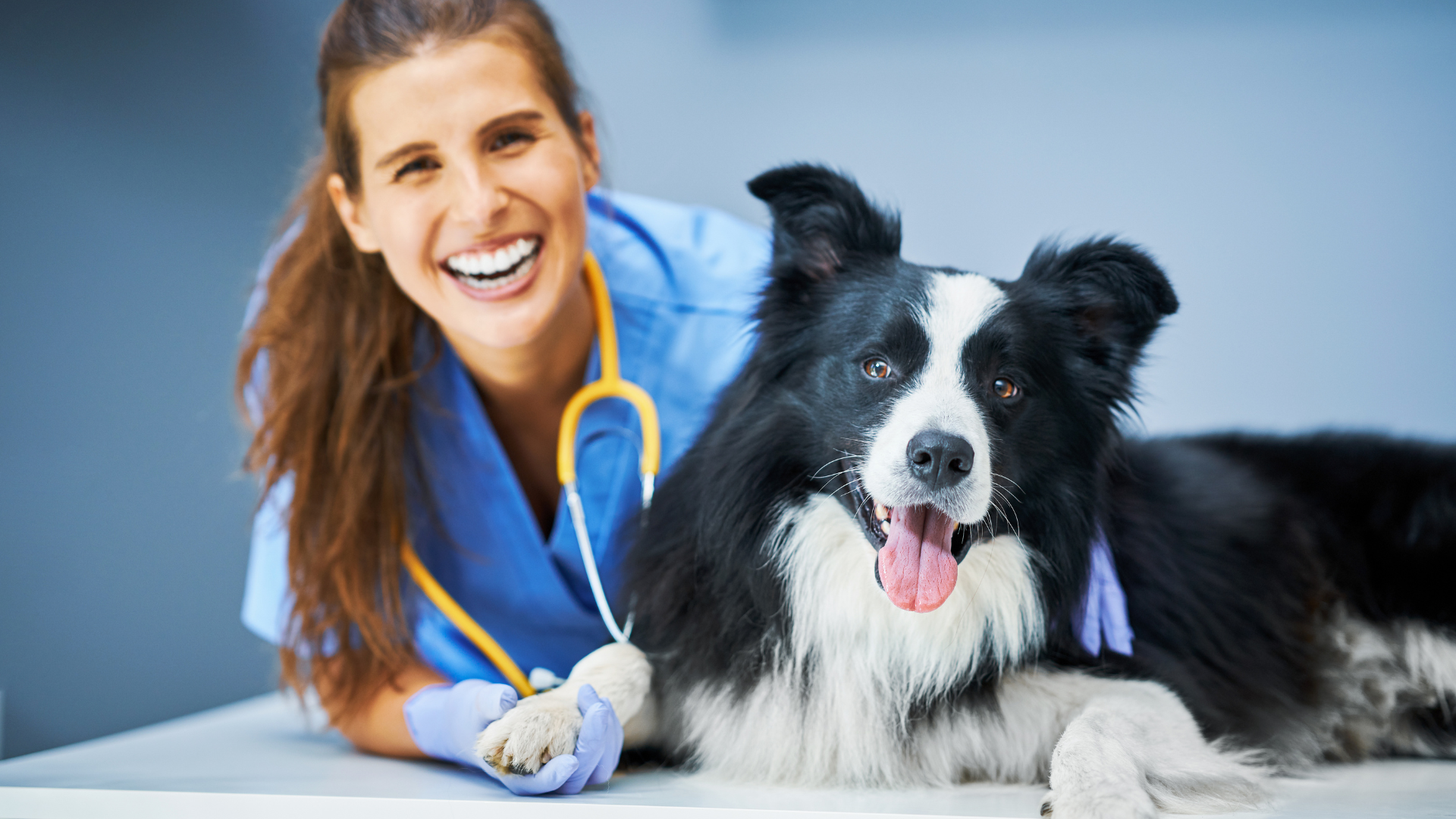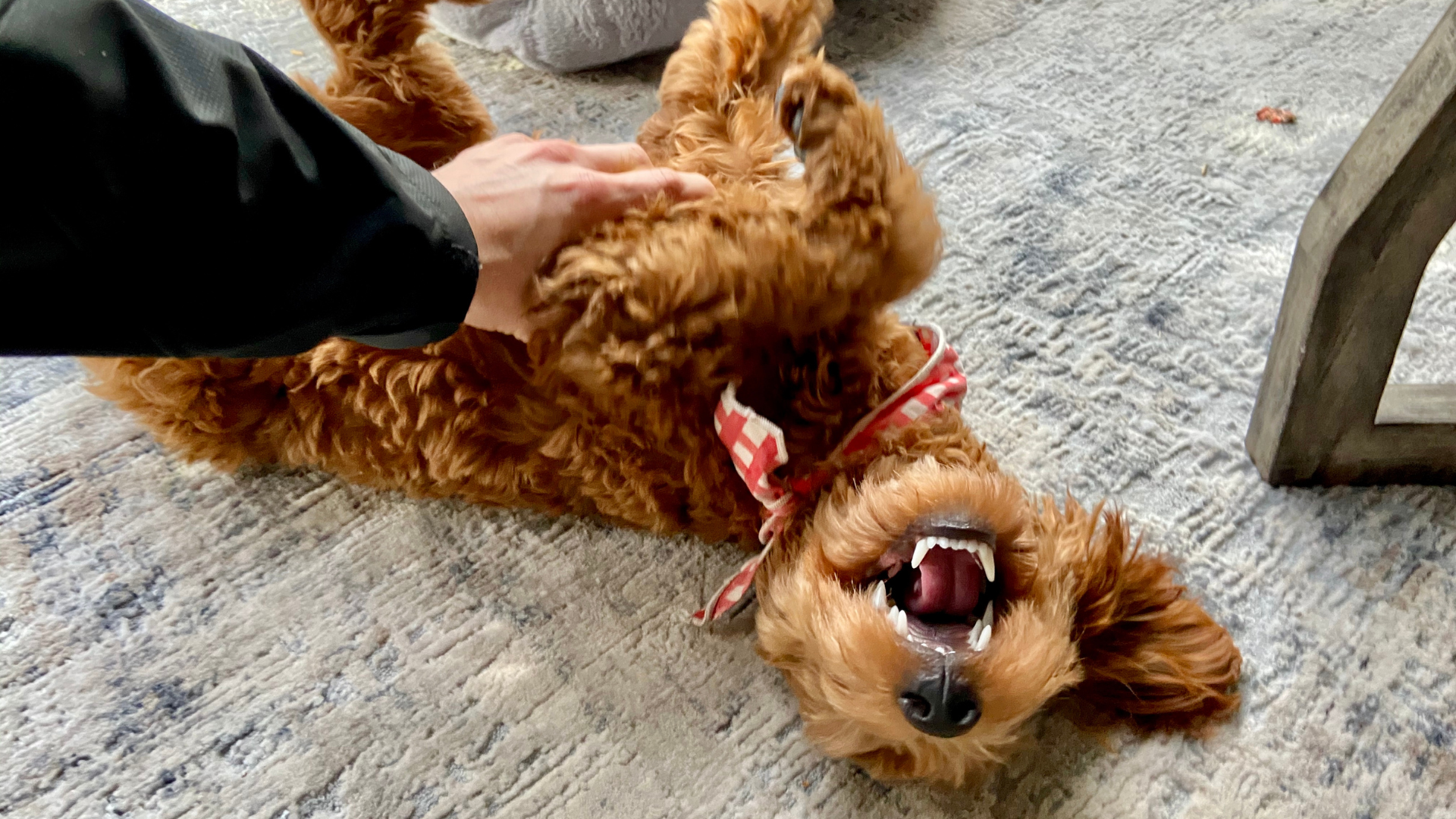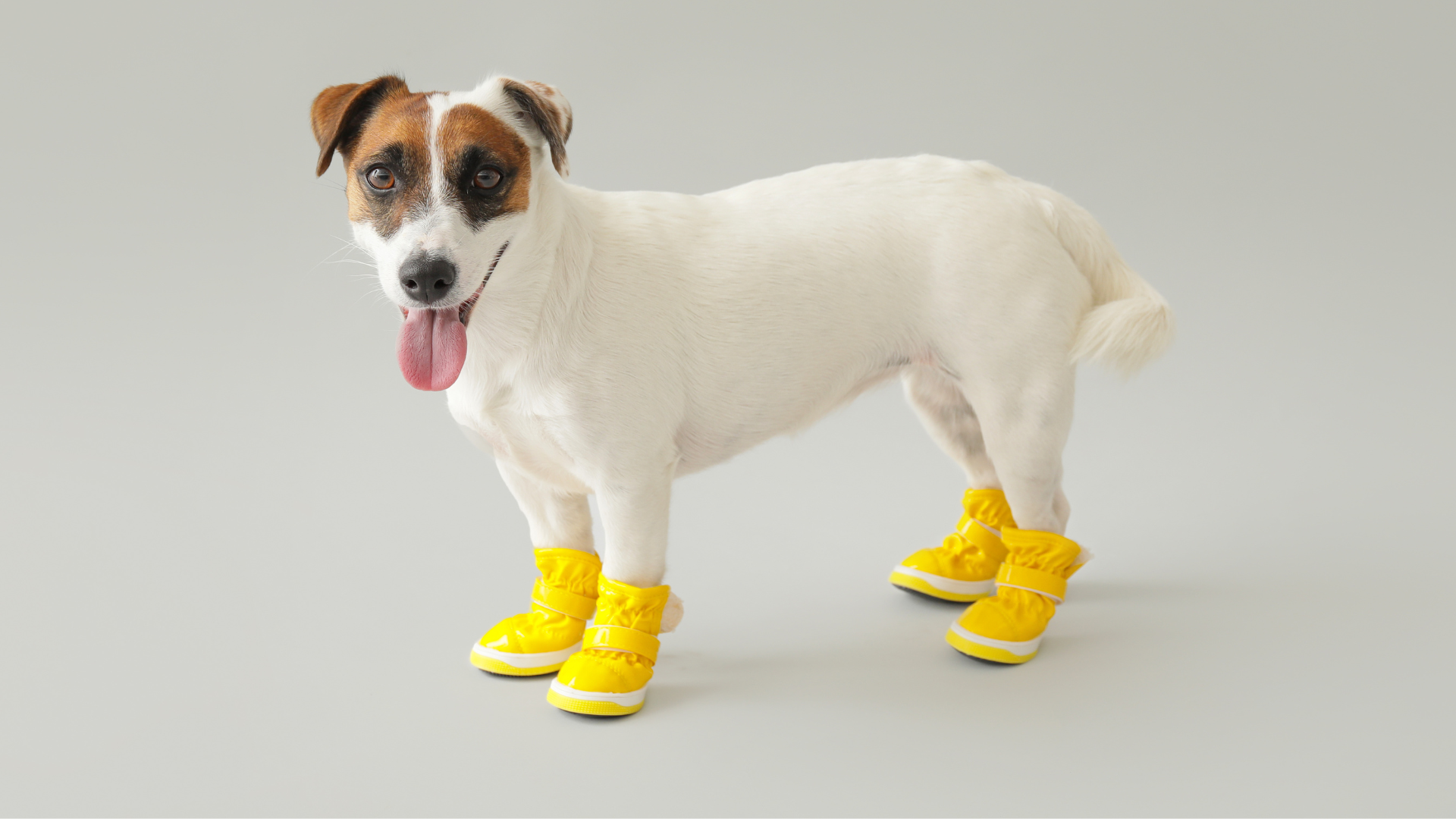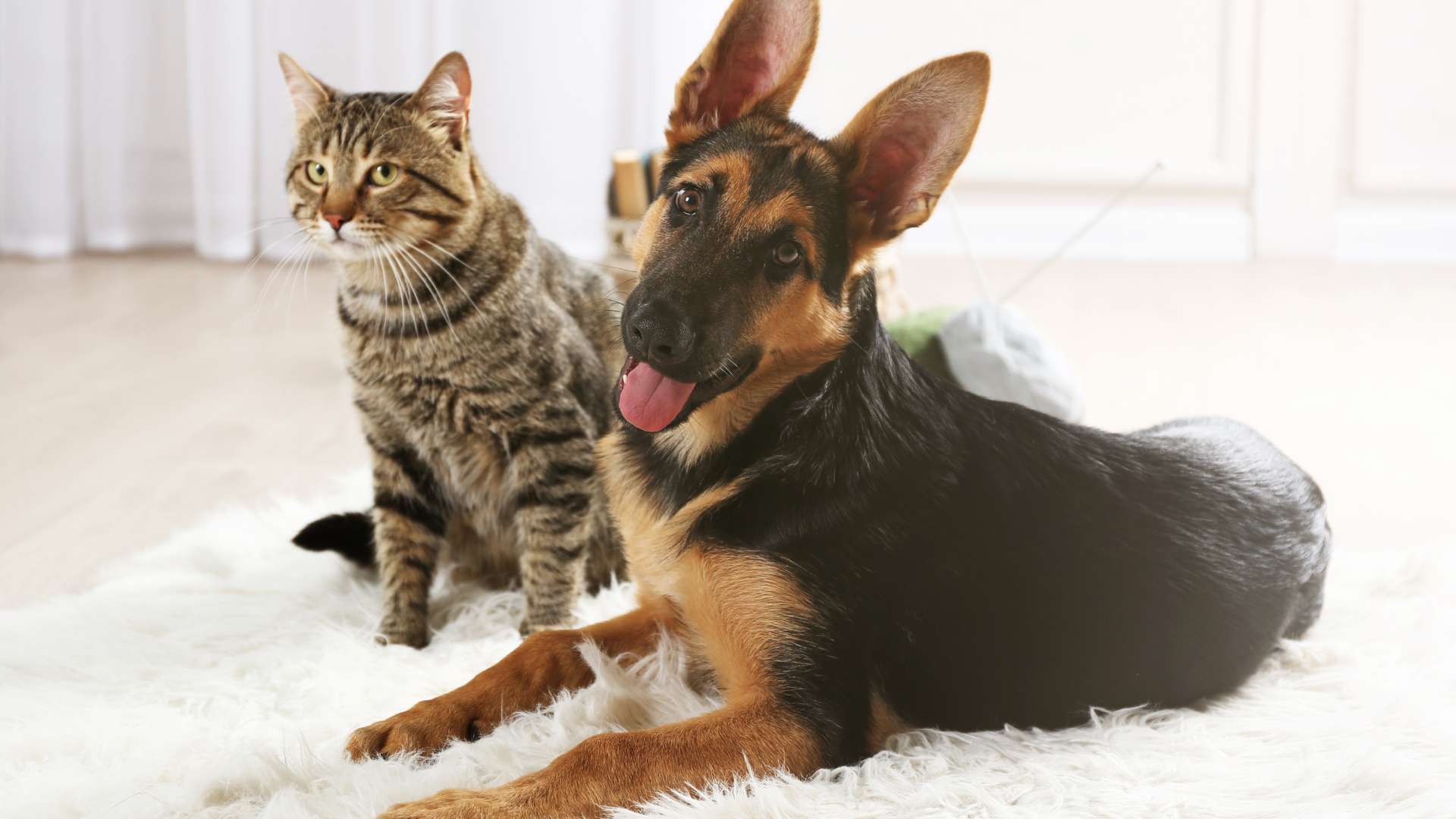Cats are fascinating creatures, full of quirks that leave even the most experienced pet parents intrigued. One of the most common and surprisingly overlooked curiosities among cat owners is this: how many nipples do cats have? Whether you’re a new kitten parent or have lived with cats for years, understanding a cat’s anatomy—especially something as simple yet significant as their nipples—can help you better care for them throughout all stages of life.
In this comprehensive guide, we’ll explore everything you need to know about cat nipples, including how many they have, what they look like, why both male and female cats have them, and how they can change during pregnancy or nursing. You’ll also find helpful tips for keeping your home clean and pet-safe, with the help of eco-friendly products from Good Natured Brand.
If you enjoy learning about your pets’ unique traits, you can explore even more animal care topics on the Good Natured Brand Blog.
Why Cat Nipples Are More Interesting Than You Think
While it might sound like a funny or random question, asking how many nipples do cats have actually opens the door to understanding important aspects of feline biology and health. Cat nipples play a key role in reproduction, nursing, and even in helping owners detect health changes in their pets.
Interestingly, both male and female cats have nipples, just like male and female humans do. They develop early in the womb, long before a kitten’s sex is determined, which means all cats are born with them.
Knowing what’s normal for your cat—such as nipple placement, size, and number—can help you notice when something might be wrong, like swelling, redness, or discharge that could signal an infection or allergy.
How Many Nipples Do Cats Have on Average?
Most cats have six to eight nipples, though some may have as few as four or as many as ten. The exact number depends on the cat’s genetics and breed, and sometimes even litter size.
Here’s what’s fascinating: cat nipples are usually arranged in two parallel rows running down their belly, from chest to lower abdomen. But symmetry isn’t guaranteed. Some cats have an odd number of nipples—seven, for instance—and it’s perfectly normal.
So, if you ever find yourself counting your cat’s nipples and noticing an uneven number, don’t worry. It’s just one of the many adorable quirks that make every cat unique.
Key takeaway:
-
Average: 6–8 nipples
-
Possible range: 4–10 nipples
-
Odd numbers: perfectly normal
What Cat Nipples Look Like and Where They’re Located
Cat nipples are small, circular bumps usually found along the belly area. Their size can vary based on age, sex, and whether the cat has been pregnant or nursed kittens before.
-
Color: Typically pale pink or light tan, though darker cats may have slightly darker nipples.
-
Texture: Smooth and slightly raised.
-
Location: Arranged in two rows along the abdomen, evenly spaced.
For short-haired or hairless breeds, nipples are easily visible. For long-haired cats, you might need to part their fur gently to locate them. It’s important to handle your cat gently and avoid pinching or pressing on their skin, as nipples are sensitive.
When you groom your cat or clean their bedding area, consider using non-toxic and pet-safe products like Good Natured Brand All-Purpose Cleaners. These eco-friendly cleaners keep your home fresh and safe, especially around areas where your cat lounges or grooms themselves.
Do Male Cats Have Nipples Too?
Yes! Male cats have nipples, just like females. While they don’t serve a functional purpose, they’re a natural result of feline development in the womb. Nipples form in embryos before sex differentiation occurs—so by the time the fetus becomes male or female, the nipples are already part of the body’s structure.
That means your male cat will likely have the same number of nipples as a female cat, typically between six and eight. They might be smaller and less noticeable, but they’re there.
Male cat nipples don’t produce milk, and changes in their appearance—such as swelling or redness—can indicate an underlying health concern, such as an allergic reaction or infection. Regular grooming and observation are key to spotting any changes early.
When cleaning surfaces or bedding areas your cat frequently lies on, use gentle, natural solutions like Good Natured Brand Laundry Powders to remove pet fur, dander, and lingering odors without harsh chemicals.
How Cat Nipples Change During Pregnancy and Nursing
If your female cat is pregnant or has recently given birth, her nipples will go through noticeable changes. These transformations are completely normal and help her prepare for nursing kittens.
Signs of Pregnancy Through Nipple Changes
Around the third week of pregnancy, your cat’s nipples begin to “pink up”—a term that describes their shift to a brighter pink color and slight enlargement. This is one of the earliest visible signs of pregnancy.
As her pregnancy progresses:
-
Nipples become larger and firmer.
-
The surrounding area may appear more pronounced or swollen.
-
A light clear or milky discharge may become visible closer to delivery.
Nursing and Postpartum Changes
Once the kittens are born, milk production begins. Nipples may darken slightly and become more elastic to accommodate nursing. After weaning, they’ll gradually shrink and return closer to their original appearance, though they often remain more noticeable than before.
During this time, cleanliness becomes crucial. Milk leakage and kitten grooming can leave behind natural oils or stains on bedding. You can maintain a clean, pet-friendly environment by washing fabrics with Good Natured Brand Laundry Powders and keeping the surrounding area odor-free using Good Natured Brand Carpet Deodorizers. Both are safe for homes with nursing cats and newborn kittens.
Common Myths About Cat Nipples
When it comes to cat nipples, myths abound! Let’s clear up some of the most common ones:
Myth 1: Only female cats have nipples.
❌ False. Both male and female cats have nipples—it’s part of feline anatomy.
Myth 2: Cats with an odd number of nipples are unhealthy.
❌ Not true. Odd-numbered nipples are completely normal and harmless.
Myth 3: Spayed cats shouldn’t have visible nipples.
❌ Incorrect. Spaying doesn’t remove nipples or affect their visibility. Hormonal changes might make them appear smaller, but they remain part of the body.
Myth 4: A cat’s nipples indicate their breed.
❌ False again. While nipple count can vary by breed, it’s not a defining characteristic.
Understanding these facts helps cat parents avoid unnecessary worries and focus on what really matters—monitoring their pet’s health and hygiene with care.
When to Be Concerned About Cat Nipple Health
Most of the time, cat nipples are nothing to worry about. However, there are situations where changes can indicate health problems that need veterinary attention.
Signs to Watch For:
-
Redness or irritation: Could be caused by allergies, parasites, or skin infections.
-
Swelling or discharge: May suggest an infection or inflammation (mastitis).
-
Hard lumps or bumps: Always worth checking with a vet, as these could indicate benign growths or tumors.
-
Excessive licking or scratching: Can be a sign of discomfort or skin sensitivity.
If your cat’s nipples look inflamed or sore, avoid using harsh cleaning products near their resting areas. Instead, maintain hygiene with Good Natured Brand All-Purpose Cleaners, which are formulated without toxic chemicals, keeping both cats and humans safe.
You can also keep carpets and furniture fresh by using Good Natured Brand Carpet Deodorizers—a great way to neutralize pet odors while maintaining a calm, clean environment.
Fun Facts About How Many Nipples Cats Have by Breed
While the average cat has six to eight nipples, certain breeds may exhibit small variations. Genetics play a subtle role in determining the number and placement, though it doesn’t influence the cat’s health or breeding capability.
Examples of breed differences:
-
Siamese and Oriental Shorthairs: Typically six nipples, evenly spaced.
-
Maine Coons: Known for having eight to ten nipples—one of the highest counts among domestic breeds.
-
Sphynx Cats: Their hairless bodies make nipples much more visible, often appearing slightly darker than the rest of the skin.
-
Persians and British Shorthairs: Usually have six to eight nipples but with more variation in symmetry.
Breed differences are subtle, but it’s worth noting them if you’re breeding cats or monitoring feline development. What’s more important than nipple count is maintaining a clean, odor-free environment for your pet. Using Good Natured Brand All-Purpose Cleaners on surfaces where your cat sleeps or grooms ensures their space stays fresh without harsh chemicals.
Do Kittens Have Nipples Too?
Yes! Just like adult cats, kittens are born with nipples. In fact, these tiny features form during early embryonic development—well before their gender is determined.
Nipple Development in Kittens
Newborn kittens’ nipples are small and often hidden beneath their thin fur. They become more visible as the kitten grows, but they don’t serve any function for males later in life. For female kittens, these nipples remain dormant until puberty or pregnancy, when hormonal changes stimulate growth and, later, milk production.
During nursing, kittens instinctively find their mother’s nipples through scent and warmth, which helps strengthen their bond. After feeding, it’s important to keep the nursing area clean to prevent bacterial growth. Washing towels or bedding used during nursing with Good Natured Brand Laundry Powders ensures that the environment stays hygienic and gentle for sensitive kitten skin.
The Role of Cat Nipples in Breeding and Reproduction
Nipples serve an essential function for female cats during reproduction and nursing. Their placement and structure allow kittens to feed comfortably, while hormonal changes guide milk production and flow.
Early Pregnancy Indicators
In the early stages of pregnancy, you might notice your cat’s nipples becoming more pink and slightly enlarged—a sign called “pinking up.” This usually appears two to three weeks after conception and is one of the first visual clues of pregnancy.
Nursing and Lactation
Once the kittens are born, milk glands beneath the nipples become active. The nipples darken slightly and may feel warm to the touch. Nursing sessions are frequent in the first few weeks, with kittens feeding every two to three hours.
Post-Weaning Recovery
After weaning, the nipples shrink, and milk production stops. To help your cat recover, ensure her bedding and resting areas remain clean and odor-free. Sprinkling Good Natured Brand Carpet Deodorizers on nearby rugs or pet spaces can help keep her nesting area smelling fresh without any artificial fragrances that might irritate kittens.
Cat Grooming and Hygiene Around the Belly Area
A cat’s belly is one of its most sensitive areas, and regular grooming helps maintain healthy skin and fur. Paying attention to this area also gives you a chance to inspect your cat’s nipples for any unusual changes.
Tips for Cleaning Around the Belly
-
Use gentle strokes: Always brush lightly and avoid pulling fur.
-
Inspect for dirt or debris: If your cat rolls in dust or litter, gently wipe the area with a damp cloth.
-
Avoid scented or chemical cleaners: Cats groom themselves, so residues from harsh products can be harmful.
To maintain a spotless home, opt for non-toxic cleaners such as Good Natured Brand All-Purpose Cleaners, which effectively clean surfaces without leaving behind residues that could irritate your cat’s skin or paws.
If you notice that your cat’s favorite resting area smells less than fresh, lightly sprinkle some Good Natured Brand Carpet Deodorizers to neutralize odors naturally. And when washing soft materials like blankets or pet beds, Good Natured Brand Laundry Powders can safely lift dirt and remove lingering pet scents while being kind to sensitive skin.
Comparing Cats and Other Animals: Do Dogs Have the Same Number of Nipples?
It’s natural for pet parents who own multiple animals to wonder how other species compare. Like cats, dogs also have nipples, and their count can vary just as much.
Here’s a quick comparison:
-
Cats: Typically 6–8 nipples
-
Dogs: Usually 8–10 nipples
-
Humans: 2 nipples
-
Rabbits: Around 8–10
-
Pigs: 10–14 (depending on breed)
Just like cats, both male and female dogs have nipples, but only females use them for nursing. These similarities remind us that mammary glands are a common evolutionary feature among mammals.
If you share your home with both dogs and cats, keeping your living areas clean is even more essential. Multi-pet households can benefit from pet-safe cleaning routines using Good Natured Brand All-Purpose Cleaners to remove dirt and fur from shared surfaces, while Laundry Powders can help maintain fresh-smelling pet fabrics.
Cat Nipple FAQ: Common Questions Answered
How many nipples do cats have on average?
Most cats have between six and eight nipples, though some may have as few as four or as many as ten.
Can cats have an odd number of nipples?
Yes. Odd numbers are perfectly normal and don’t indicate any health issue.
Do neutered or spayed cats have nipples?
Yes, neutering or spaying doesn’t remove or affect nipples. Hormones might make them less noticeable, but they remain.
Can I tell if my cat is pregnant by looking at her nipples?
Often, yes. Early in pregnancy, nipples become pinker and more pronounced—a reliable sign when combined with behavioral changes like nesting or increased affection.
My cat’s nipples look crusty or inflamed. Should I be worried?
Crusting, swelling, or discharge could indicate infection or irritation. Consult your vet for a checkup. Meanwhile, make sure your cat’s environment stays clean and free from irritants by using gentle products like Good Natured Brand All-Purpose Cleaners.
Are cat nipples always in pairs?
Usually yes, but not always symmetrical. Cats can have an odd number due to natural genetic variations.
Keeping Your Cat’s Environment Clean and Comfortable
Your cat spends a large portion of its life grooming and lounging. To help your feline thrive, maintaining a clean, cozy home makes a world of difference.
Here are some practical tips:
-
Use natural cleaning products: Harsh chemical cleaners can leave behind residues that irritate sensitive paws and noses. Try Good Natured Brand All-Purpose Cleaners for safe, everyday surface cleaning.
-
Keep fabrics and bedding fresh: Wash blankets, towels, and soft pet items regularly with Good Natured Brand Laundry Powders to remove pet oils and fur without synthetic fragrances.
-
Control odors naturally: Sprinkle Good Natured Brand Carpet Deodorizers in pet areas to neutralize lingering smells while keeping your home fresh.
Creating a clean and safe environment isn’t just about aesthetics—it helps prevent skin irritation and supports your cat’s overall health and comfort.
Conclusion
Understanding how many nipples cats have is more than just a piece of trivia—it’s a small window into the fascinating biology of our feline companions. From learning how both male and female cats develop them, to noticing the signs of pregnancy and knowing when to seek veterinary care, awareness of this simple trait can enhance how you care for your cat.
Pairing that knowledge with a clean, odor-free home is a powerful way to ensure your cat’s happiness. Using natural, eco-conscious cleaning products from Good Natured Brand—including Carpet Deodorizers, Laundry Powders, and All-Purpose Cleaners—lets you maintain a healthy, pet-friendly home that’s as kind to your furry friends as it is to the planet.
For more pet care insights, cleaning tips, and lifestyle articles, visit the Good Natured Brand Blog to keep learning how to live naturally alongside the animals you love.
